|
25/11/2020 0 Comments Christmas Colouring CompetitionTime to flex some creative muscles this holiday season.This Christmas Adam's Back is holding a colouring competition as well as our annual food and toy drive.
It is open to all ages so please feel free to ask for a sheet at reception. The competition will close on Saturday the 19/12/2020 with the winner announced Monday the 21/12/2020. Should you wish to colour in at home and bring your entry into the clinic please contact the clinic staff who will happily email you a copy. Picture from Crayola.com.au
0 Comments
Can you believe it is almost Christmas?Join us again this year as we give back to the community as we support Anglicare Victoria in their annual Christmas Toy and Food Appeal.
We invite you to place new toys and non-perishable food items under our clinic Christmas tree. All gifts are to be brand new and unwrapped. Food items are to be non-perishable. Please don’t forget to consider gifts or gift vouchers for teenagers. You can help every child receive joy and help them to have a Merry Christmas this year. Supporting our mission at Adam’s back to contribute, collaborate and give back to the community. This year has been a particularly challenging year for many Victorians we greatly appreciate any donation regardless of how small as it will have a big impact for a family who have fallen on hard times this year. 4/11/2020 0 Comments What is Synovial Fluid?And why does it matter?Have you heard the term synovial fluid, or maybe synovial joints? These joints get their name because of the synovial fluid found inside them. This fluid has a thick texture that protects the bones from rubbing on each other. It acts like oil in a car’s engine; stopping friction and protecting moving parts.
The synovial fluid carries out other tasks too − acting as a shock absorber and bringing in nutrients and chemicals that mend damage. As your joint moves, the pressure spreads these healing substances around – similar to squeezing toothpaste out of a tube. Most joints that allow us to move are synovial joints, such as knees and hips. These joints contain special cells that make the synovial fluid. The bones are lined by tough, slippery cartilage and wrapped in a membrane. For example, your thigh and shin bones meet at the knee and the ends of each bone are lined with cartilage. The joint is wrapped up, keeping the fluid inside and the joint together, allowing it to move safely and stay strong. Joint damage can harm the synovial fluid by triggering fluid changes that hurt the joint more. For example, arthritis causes inflammation in the joint, damaging the cartilage and changing the make-up of the synovial fluid. Imagine the effect that dirt in a car’s engine oil has. It damages the moving pieces and the way they function − similar to what happens in our joints. Joint injury can also alter the synovial fluid. Cartilage can be injured by a chip in the underlying bone, which then affects the fluid. Or when a ligament tears, the synovial fluid loses some of its lubricating ability, which damages the joint. These changes happen soon after injury, so it’s important to seek care promptly. We know that injury and damage can harm synovial fluid. So, what can we do to maintain its health? There’s a saying − motion is lotion. Staying active keeps your joints moving and pushing the lubricant around. Walking, cycling, dancing, swimming, and yoga are great gentle activities. It’s important to protect your joints from injury, too. There are many ways to do this; weight training builds muscle mass and can increase flexibility. Specific exercises increase the muscle around a joint, giving it strength. If you have any concerns about your joints, see your chiropractor, they can offer treatment where appropriate, and advice on how to maintain good joint health. 4/11/2020 0 Comments What's all the hype about hemp?Hemp is often called a ‘superfood’, with a huge range of nutritional benefits.Hemp is commonly confused with marijuana, but the plants are different. Hemp contains less than 0.5% of the active compound THC, so has none of the psychoactive effects of marijuana. This means that it is legal, safe, and readily available.
What are the benefits? Edible hemp is a great source of lots of essential nutrients, such as fats, vitamins and minerals, protein, and fibre. Hemp seeds contain the ‘good’ fats found in plant-based oils, essential for maintaining good cholesterol levels and carrying vitamins and minerals to the body. Hemp seeds and hempseed oil are particularly good sources of Omega 3 and 6. Hemp is one of only a handful of plant-based sources of these essential fatty acids. This makes it a perfect choice for vegetarians and vegans who may have struggled to find these without supplements. Hemp seeds have a good amount of dietary fibre, contributing to a healthy digestive system. Hemp seeds are good sources for vitamins A and E, and many of the B vitamins. They also have high levels of magnesium, phosphorus, zinc, and iron, which are essential for many of our bodily functions, a strong immune system, and general health. A hemp seed comprises more than 35% protein – a highly concentrated, complete protein source, containing all of the amino acids necessary in a healthy diet. Where can you get edible hemp products? Until recently, edible hemp was mainly found in health food shops in the form of supplements. As it increases in popularity, hemp is becoming available in a wide variety of products, and is now found in mainstream shops and on the menu in cafes. With a faintly nutty flavour, it’s good in both sweet and savoury forms. The simplest way to eat hemp is just to get the seeds – they’re versatile enough to be sprinkled over almost any meal, blended into a smoothie, or mixed into your muesli. The internet abounds with simple, delicious recipes for meals and desserts containing hemp seeds or hempseed oil, which can be a healthy addition to your regular diet. Not yet feeling 100% and worried that pain relief isn’t happening fast enough? These are natural thoughts when you begin treatment − after all, aches, spasms, and stiffness are not nice and can stop us from enjoying life.The human body takes time to heal. Think about a broken leg; a plaster cast is usually worn for around six weeks and can take another month for the bone to harden. Then, the fracture keeps remodeling itself over months, even years. The person who broke their leg doesn’t feel these changes.
The ligaments, joints, muscles and nerves also require time to heal. Plus, different parts of the body repair at different speeds. Muscles have a great blood supply so they recover quickly from injury. Ligaments, like those in the spine, have a poor blood supply so are slower to heal, and cartilage, which lines the joints, takes even longer. So, different tissues can cause pain, even while they’re getting better. "Life is like riding a bicycle. To keep your balance you must keep moving" Albert Einstein Many problems also appear over time. This is often the case with our spines; wear and tear can exist for years before it hurts. Poor posture develops slowly − if you have rounded shoulders, try going one day without hunching. It’s hard, right? Your body has adapted to this and it takes time to resolve. There are other factors that slow healing, too. These include: being older, illness, stress, obesity, drinking alcohol, smoking tobacco, and having a poor diet. There is nothing you can do to lower your age, but lifestyle improvements can be made. The right steps will help you recover faster. Chiropractic care is like increasing your fitness, you need enough sessions, good advice, and to take the right steps at home. Pain relief may or may not happen in the first few treatments, but either way it’s not the best sign of progress. Picture from Pinterest A sprained ankle is a common injury in our sports loving communities. It often happens during soccer, footy, netball, running, and walking.Even minor sprains can take a long time to heal − one in three people still complain about ankle problems years after the injury. Pain and swelling can continue and further sprains can occur.
So, what is an ankle sprain? Our ankle joints are connected by ligaments which act like thin, strong ropes that hold the bones together. When too much force is applied to a ligament, damage occurs. The “rope” can fray or tear − this is called an ankle sprain. It usually happens when someone twists their foot too far. Most commonly, people roll their ankle outwards which damages the ligaments on the outside of the ankle. As with any sport or exercise, being match fit matters. Training well and warming up before you begin to move are important. Know your fitness level and take time to build yourself up. Slow and steady is better than fast and injured. Include exercises that get your ankle used to moving in different directions, safely. If an ankle sprain occurs, rest, ice, compression, and elevation form the standard response. Seek professional advice and treatment promptly. Care for a sprained ankle is different in the first few days − once this time passes, there are steps to help you get better, faster. Ask your chiropractor if a brace or taping might help − these will let your ankle move around safely and can reduce swelling and healing time. An approach called neuromuscular training (NMT) can aid healing and reduce the chance of spraining your ankle again. NMT simply refers to exercises that help the nerves and muscles to talk. The exercise shared earlier is a good example. Balancing on a wobble board is another. There are steps we can take to avoid a sprained ankle. We can look at reasons for increased risk and fix them. A lack of ankle strength and stability raise the chances of injury. So does poor flexibility, bad balance, and quick changes in direction. Exercises that improve strength and balance help reduce these risks. Here’s a simple, useful exercise: Stand on one leg for 30 seconds. Repeat three times. Repeat the exercise routine, but bend the standing knee. You can increase the difficulty by closing your eyes while you perform the sequence again. Remember to work both sides. If you suffer from a sprained ankle, it’s important to get the right treatment and then rehabilitate your ankle properly. Speak to your chiropractor about the best ways for you to recover. |
AuthorAdam's Back is a team of dedicated complimentary health professionals. Our aim is to support you in finding drug-free solutions for better health. Archives
July 2024
Categories |
Search by typing & pressing enter
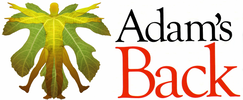
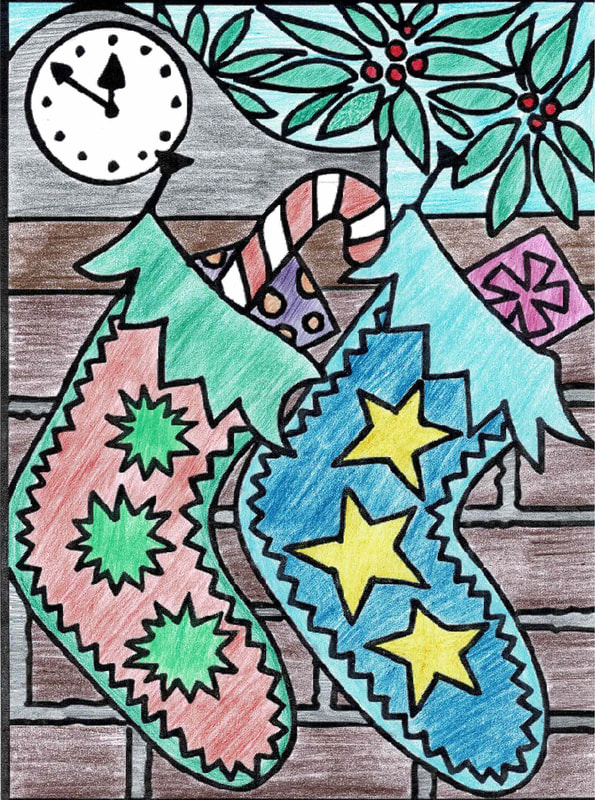
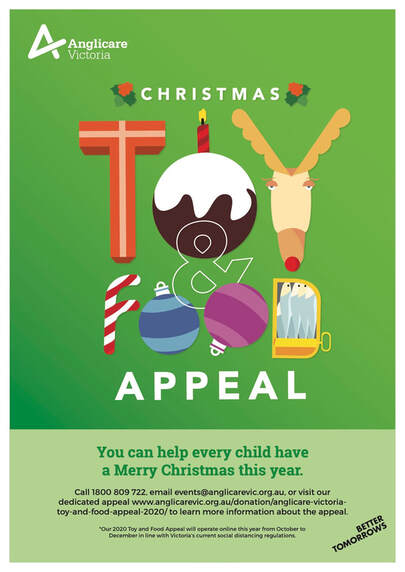
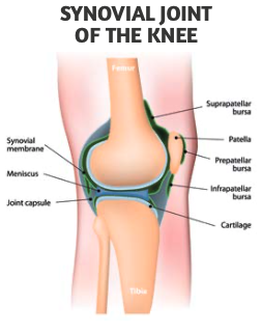
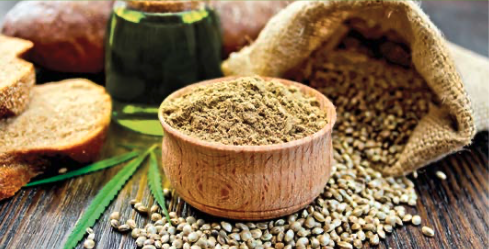
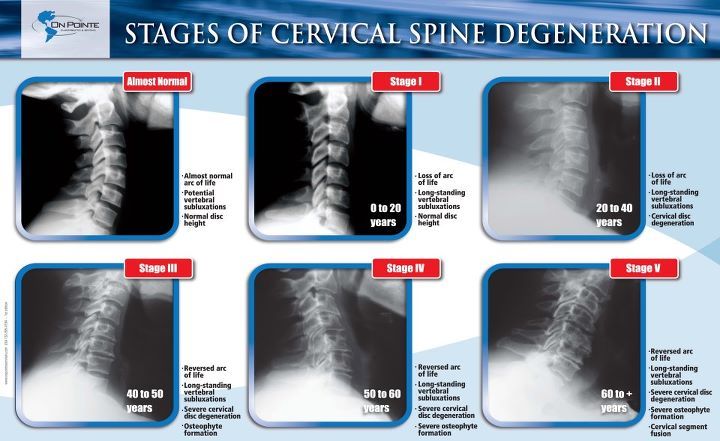
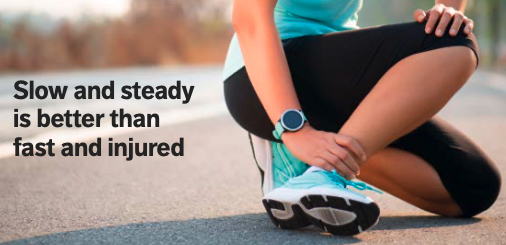
 RSS Feed
RSS Feed